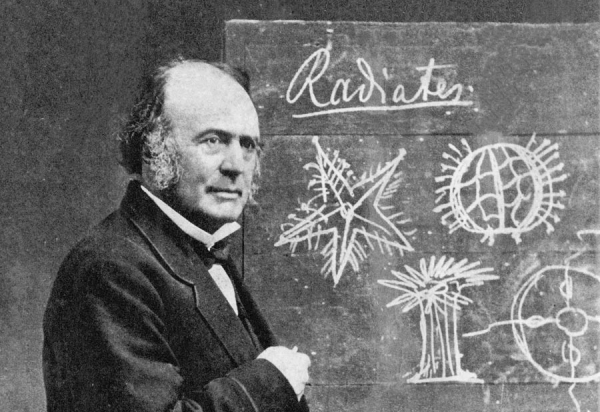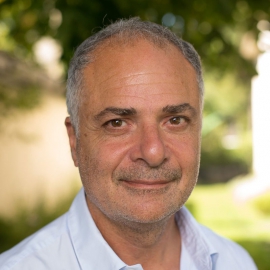How much should we wipe out the past according to the values of the present? The question is not new, but it has taken on a new resonance in Switzerland. Louis Agassiz was long a respected personality in the country. Born in canton Fribourg in 1807, he emigrated to the United States and was one of the fathers of the natural sciences in the 19th century. His reputation might have remained intact if Swiss historian Hans Fässler had not in 2007 shed light on the openly racist theories of the scientist, who called Africans a “degenerate race”, opposed mixed marriages and offered scientific support for the so-called Jim Crow laws which institutionalized anti-black racism in the southern United States. Hans Fässler therefore decided to set up the “Take down Louis Agassiz” committee, which proposed to get the scientist’s name removed from prestigious places. It suggested changing the name of the Agassiz peak, rising to 4,000 metres in the Bernese Alps, to Rentyhorn, after a slave that Agassiz photographed as a so-called demonstration of the inferiority of black people. The committee also suggested that Agassiz, who was one of the first glaciologists, be excluded from the Swiss Alpine Club, where his name figures as an honorary member.
The “Take down Louis Agassiz” committee failed almost everywhere. The Alpine club, for example, refused to “falsify history”. But the University of Neuchâtel is an exception: since the beginning of September, the Espace Louis-Agassiz – a street on which the university’s Faculty of Arts and Human Sciences is located – has been renamed Espace Tilo Frey, after one of the first women MPs in Switzerland whose mother was Cameroonian and who was a pioneer of women’s and minority rights.
Swiss compromise
The Neuchâtel authorities explained that this “exceptional” name change was because the university’s reputation could suffer, especially in the US where Agassiz developed the theories that were used to back racism and racial segregation. The bust of the botanist and glaciologist nevertheless remains at the university, as well as a big portrait at the museum of natural history.
The merit of this typically Swiss compromise is that it does not wipe out the memory of Louis Agassiz, but recognizes in him both his qualities as a great scientist and the strength of the prejudices that inhabited him, helping to feed and back the disease of racism which our societies have not yet wiped out. It is to the “Take down Louis Agassiz” committee’s credit that it opened the debate. By failing almost everywhere, perhaps it even better fulfilled its goal, since what is important is not to eradicate the past but to learn from it. Can the Swiss compromise be applied elsewhere? Not necessarily. The crystallization of tensions between white supremacists and antiracists in Charlottesville over the statue of General Lee demonstrates this. Finding a balance between remembrance and eradication, between glorification and contextualization is all the more difficult in societies where symbols serve as identity markers for the battles of today.







